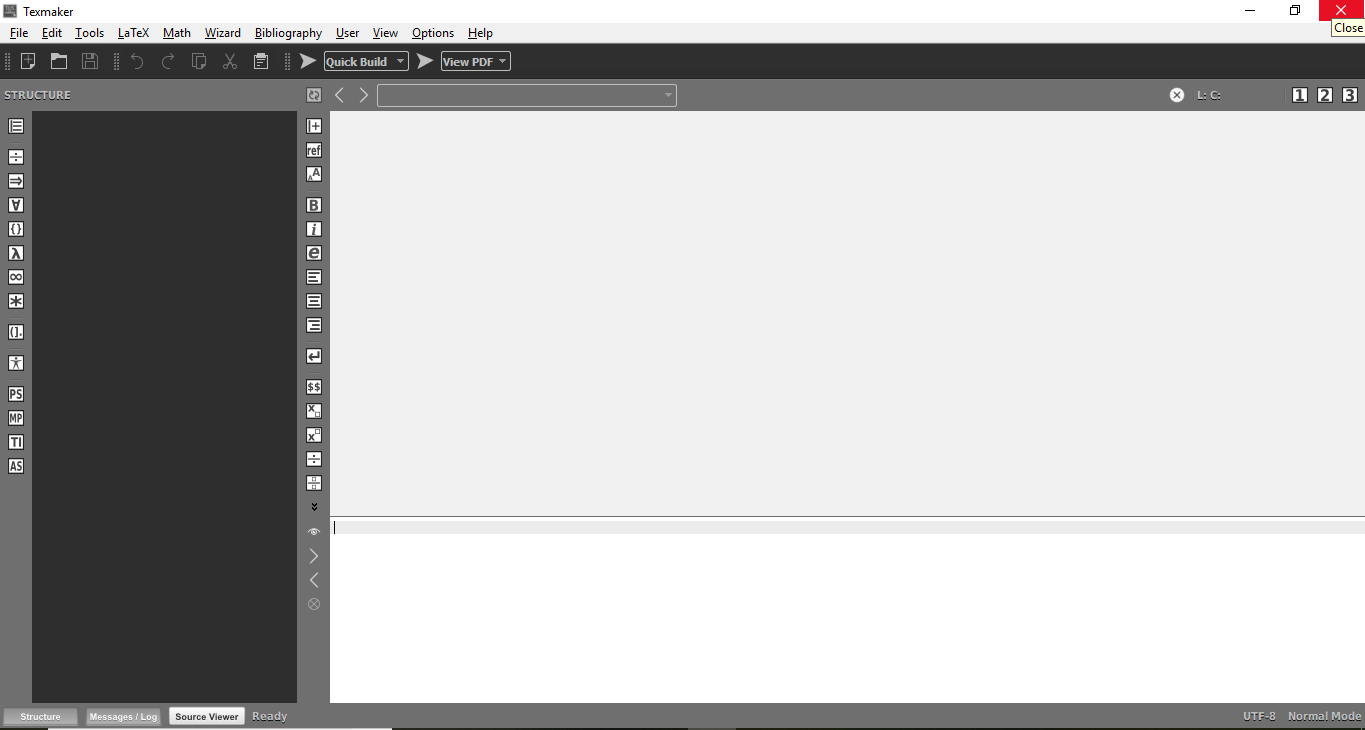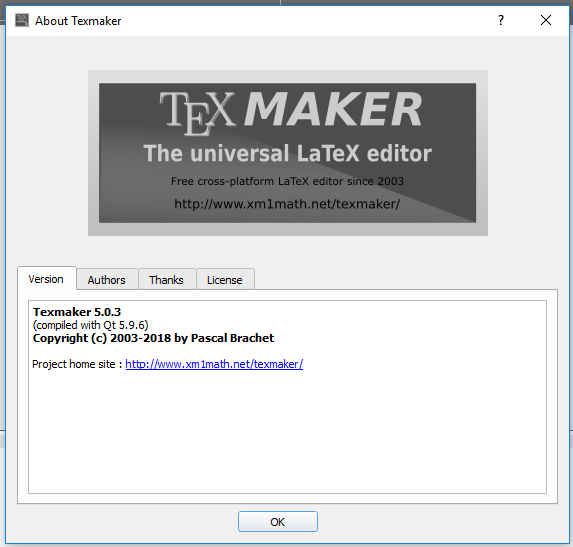What is Latex?LaTeX is pronounced as 'lah-tech' or 'lay-tech.' which is distributed under the LPPL (Latex Project Public License). It is based on TEX, a typesetting language designed for science and math. Both LATEX and TEX contain a variety of font styles, such as serif, typewriter, and a set of mathematical functions. It is an open-source and powerful document preparation system. It is high-quality typesetting, which can be used for any publishing. It is often used for scientific publications and medium to large technical documents. It is not a word processor or any word document, but it is an efficient way for the publishers and the authors to organize their materials. It gives a unique appearance to the system. It saves the time for designing as well as the efforts used for the documents. The Latex system handles the layout and formatting of the structures using familiar concepts of the section, table, figure, chapter, etc. It follows the philosophy of separate presentation, i.e., separating the writing contents and the visual appearance so that the authors can focus more on the content rather than its appearance. It is named as the standard for the communication and publication of the technical or scientific documents. Features of Latex
TeXTeX is a typesetting system or the formatting system written and designed by Donald Knuth released in 1978. It is the most used typographical system. It performs many typesetting tasks, especially Latex. It is popular in mathematics, computer science, engineering, physics, statistics, economics, etc. It was developed to produce high-quality output. The books published in TEX are Addison Wesley, Cambridge University Press, Oxford University Press, etc. It was primarily designed for typeset mathematics. History of LatexLatex was created by the American computer scientist named Leslie Lamport in 1983 when he was working at SRI International. LATEX was created as an addition to the Tex typesetting system and to make it easier to produce books and articles within TEX. Leslie Lamport was writing TEX for his use, while he thought that a little more effort could lead this to use by others as well. A person who convinced Leslie to write LATEX's user manual publication was an editor at the Addison-Wesley named Peter Gordon. This publication came out in 1986 and sold thousands of copies while its LATEX macros version was released in 1984 and 1985. On August 21, 1989, Lamport turned over his maintenance and development of LATEX to Frank Mittelbach at the TUG (TeX Users Group) meeting at Stanford. The Latex3 team was formed when Mittelbach, along with Chris Rowley and Rainer Schopf, started working together. In 1994, the current standard version LATEX 2e was released while continue working on version Latex3. The Latex3 is currently under a long term development project. For the Tex system, there are numerous applications, some of which may have extra additional features like telephone support and typefaces. The first paper of Donald Knuth, The Art of Computer Programming, was published in 1968, which used a Monotype machine for typesetting. After that second edition was published in 1976, the whole book was again typeset because the phototypesetting replaced the Monotype machine. The original fonts were no longer available after this edition. Donald Knuth was not satisfied with the second edition, so he was motivated to design his typesetting system. He saw the high-quality output of digital typesetting and became interested in it. On May 13, 1977, he had written a memo, which describes the basic features of TEX. The first version of Tex was written in the SAIL programming language. A new version of Tex called TEX82, which was published in 1982. The current version of TEX is 3.14159265, which was updated on January 12, 2014. The design was frozen after the version 3.0, and all the newer version contains no other additional features, but only contains the bug fixing feature. You need TEX live to write into the Latex. But if you want to compile your document to a single PDF and edit with the syntax colorization, you must need the Latex editor. Below is the TEXMAKER, which is a cross-platform Latex editor, with an integrated PDF viewer. The screen of the TEXMAKER will look like the image shown below: 
TeX Maker Versions:The version, which will be used in this tutorial is 5.0.3. The image is given below: 
The various versions of TEXMAKER are given below:
Requirements for TeX Maker:
Next TopicInstallation of Latex
|
 For Videos Join Our Youtube Channel: Join Now
For Videos Join Our Youtube Channel: Join Now
Feedback
- Send your Feedback to [email protected]
Help Others, Please Share










